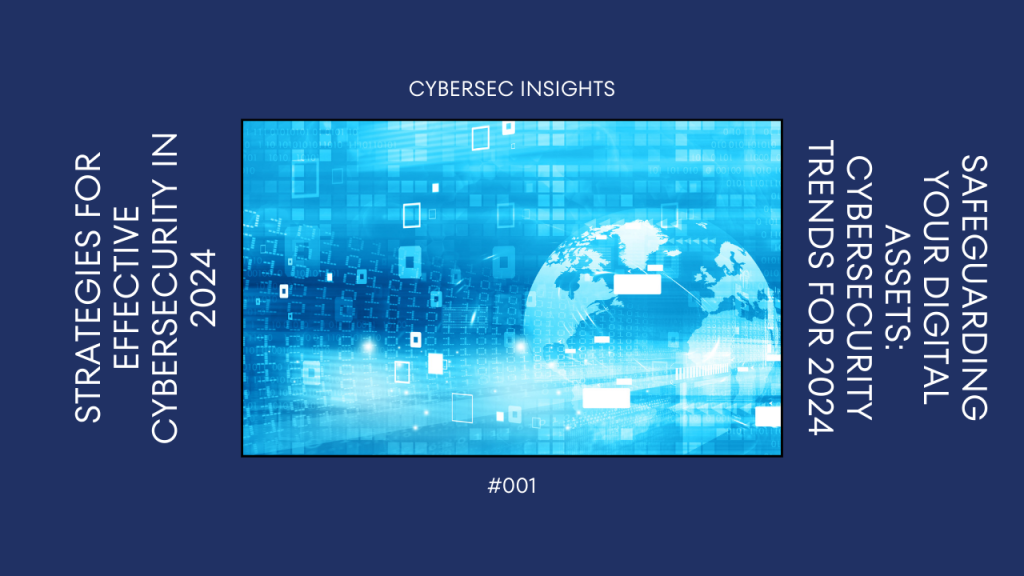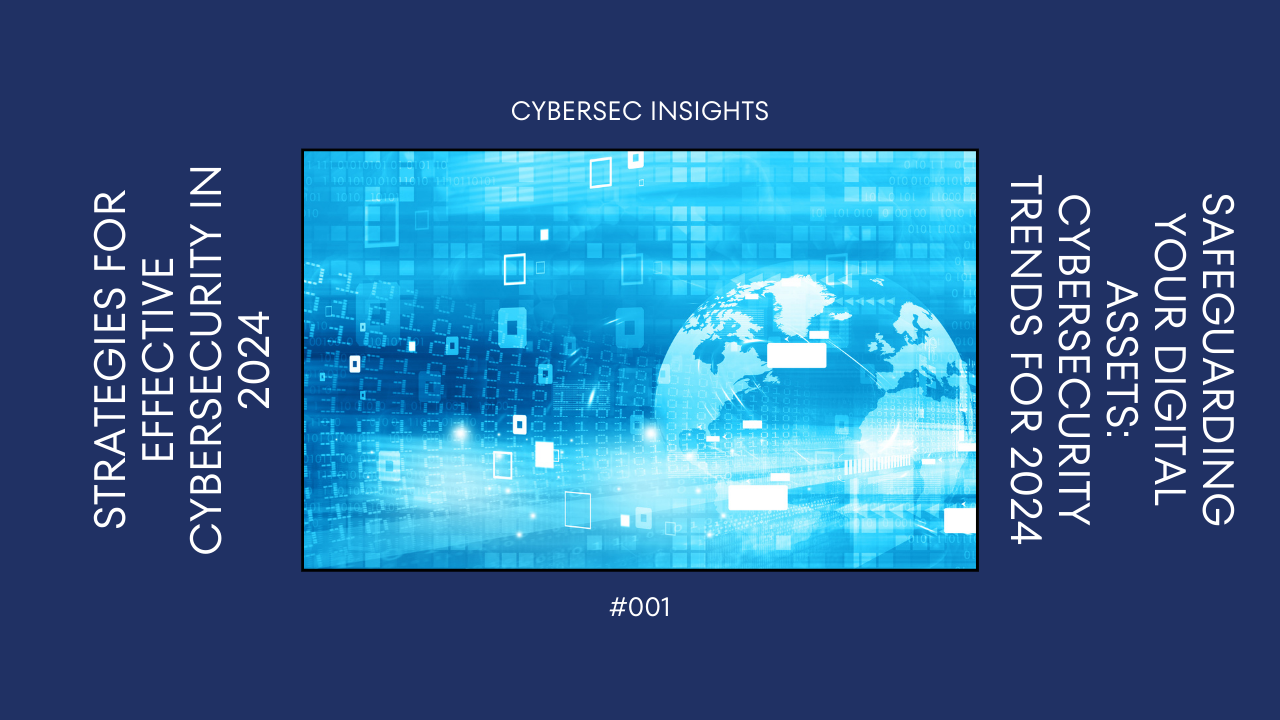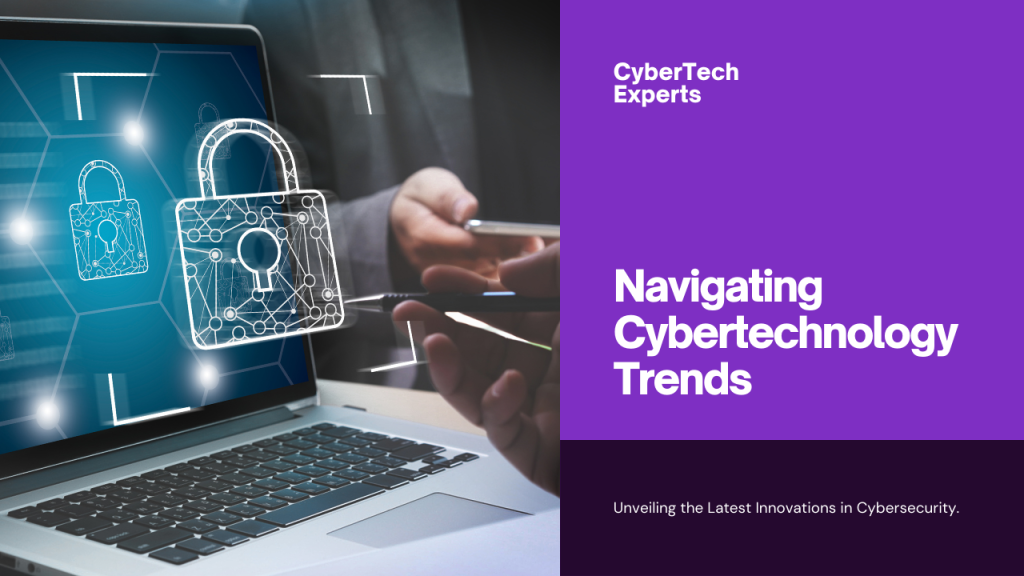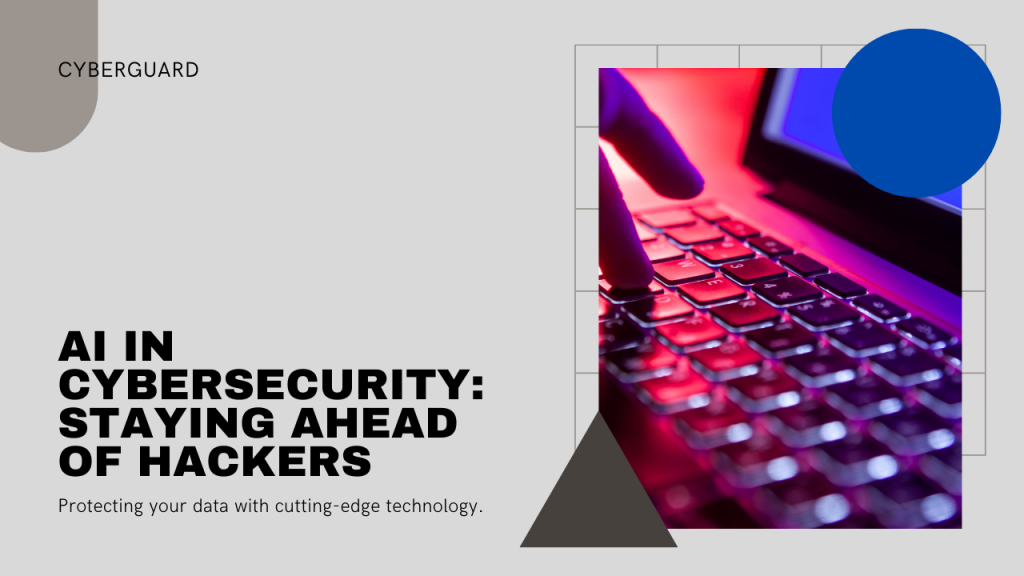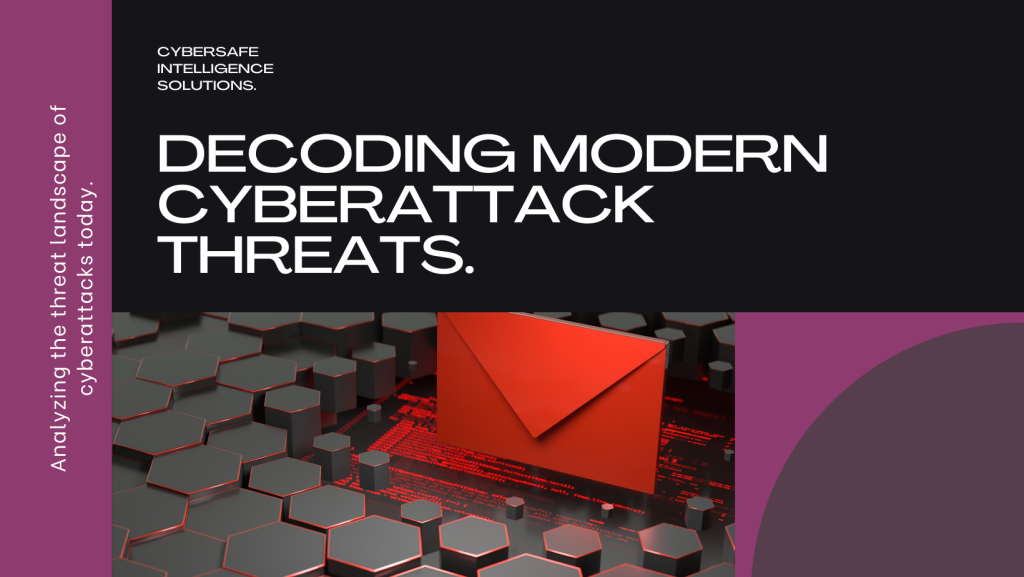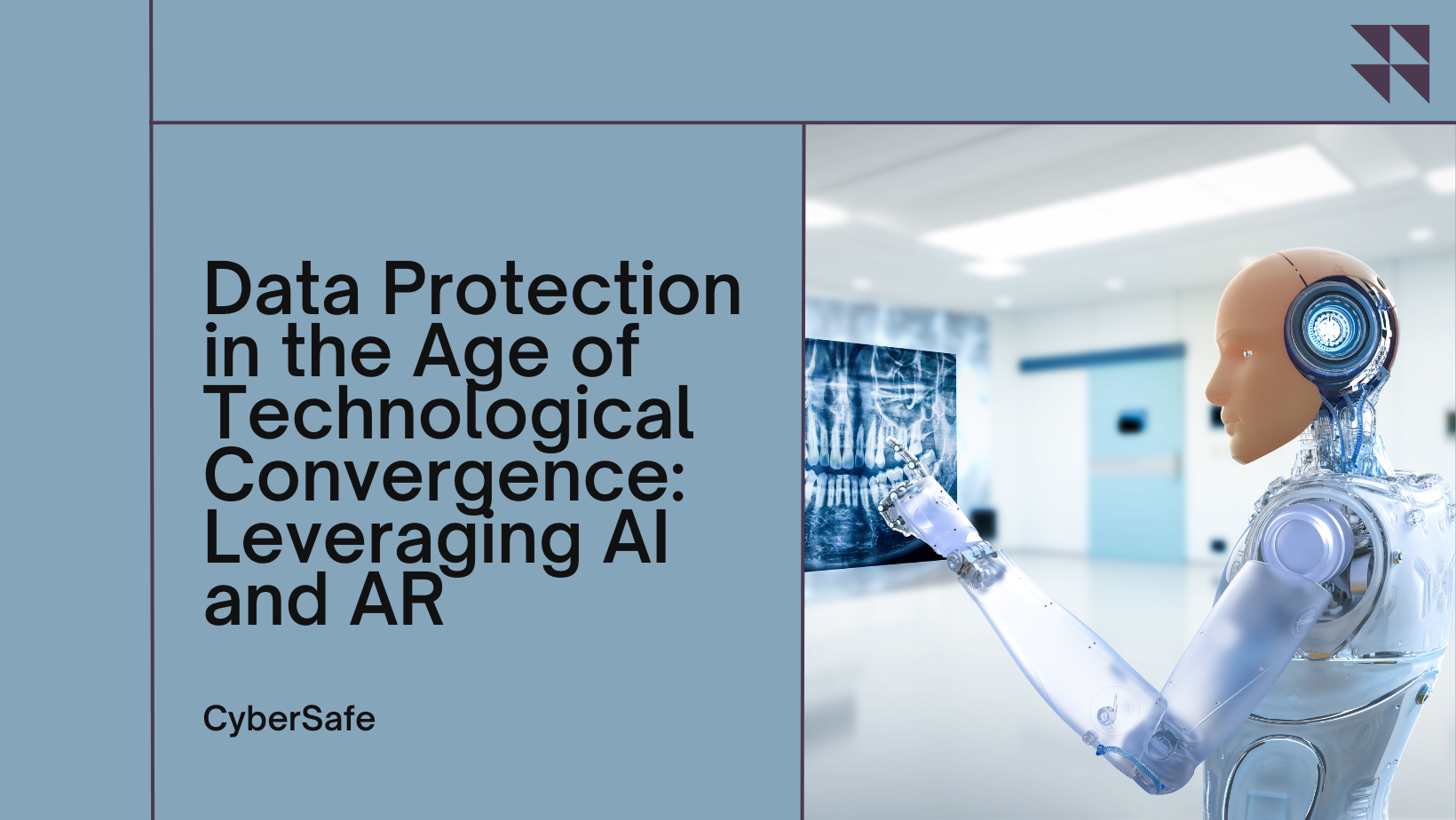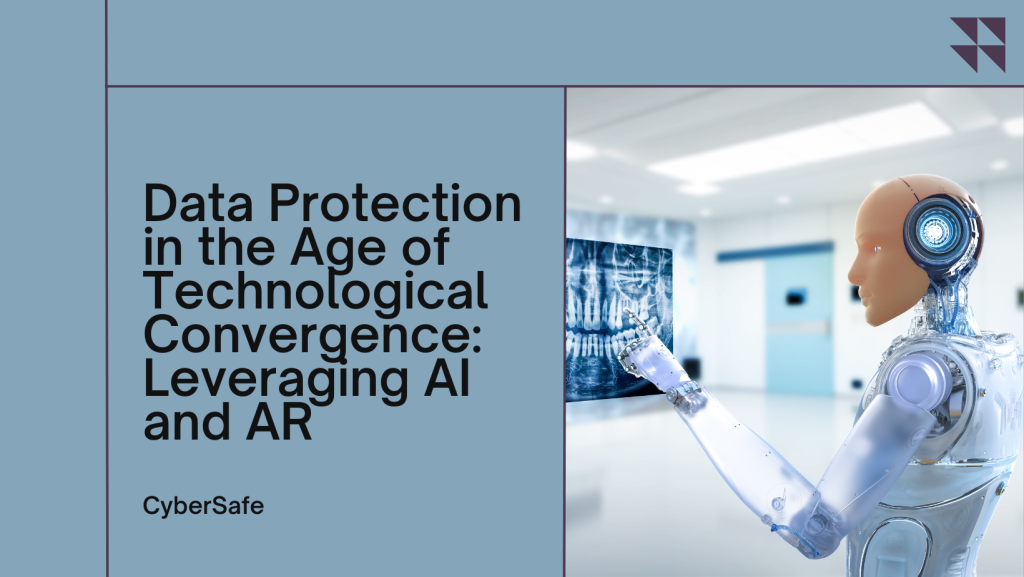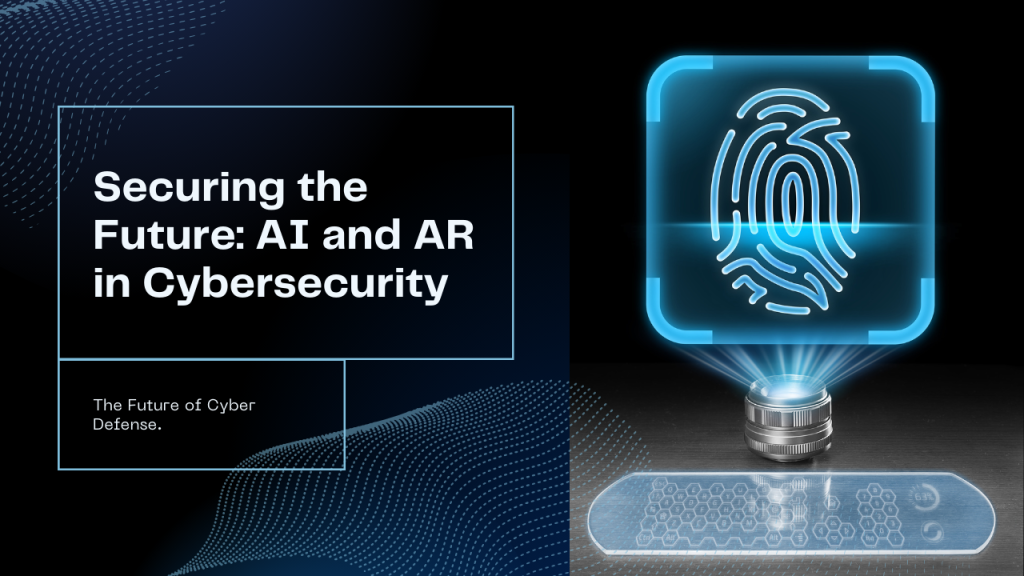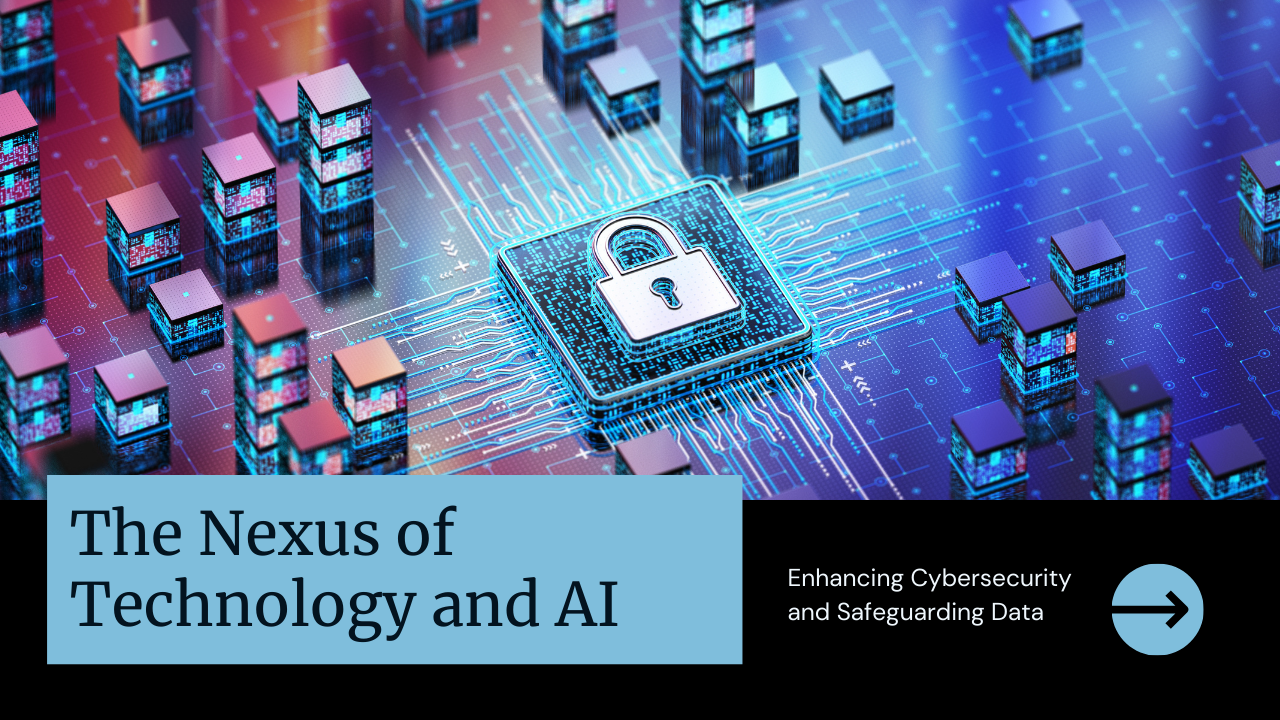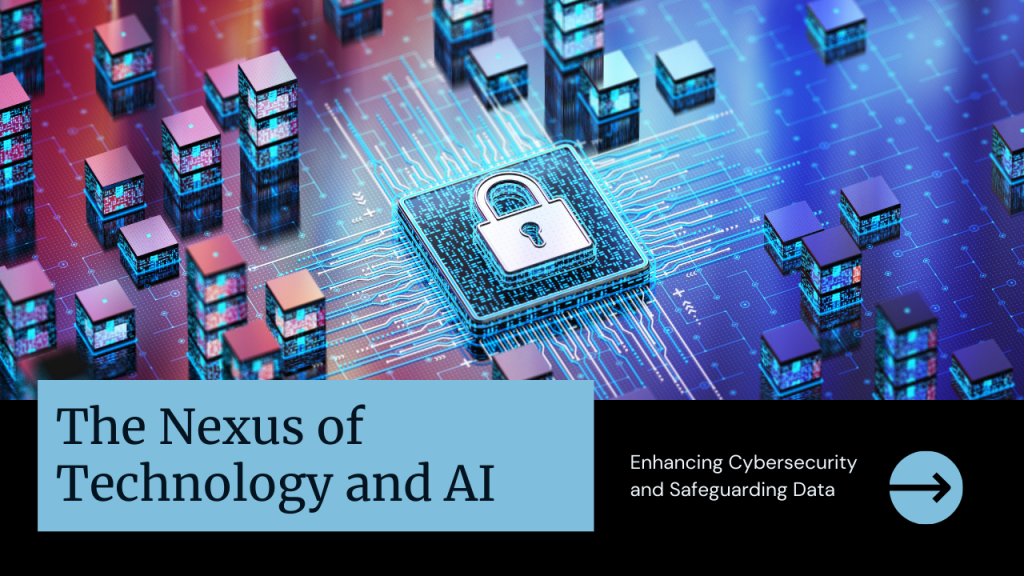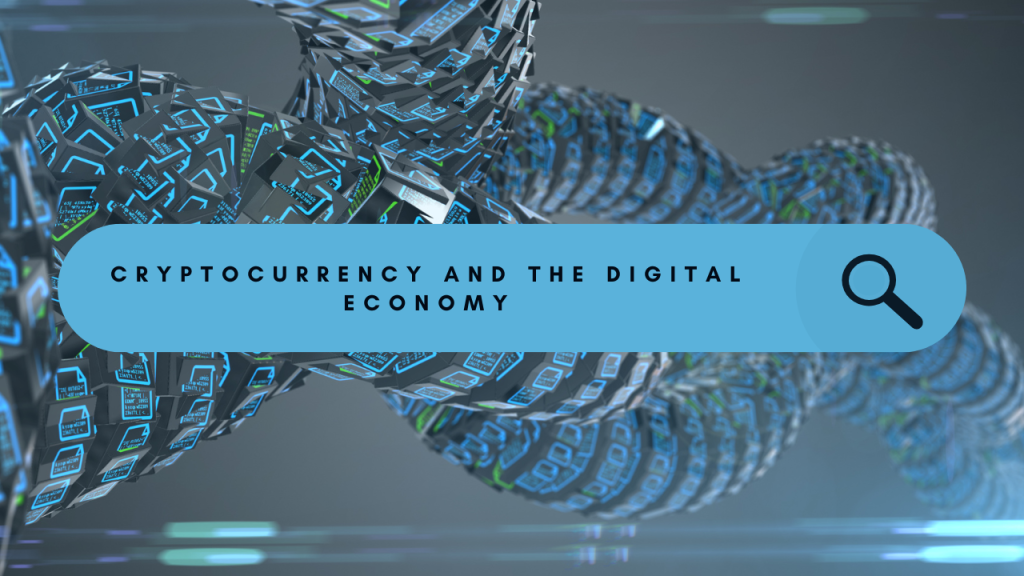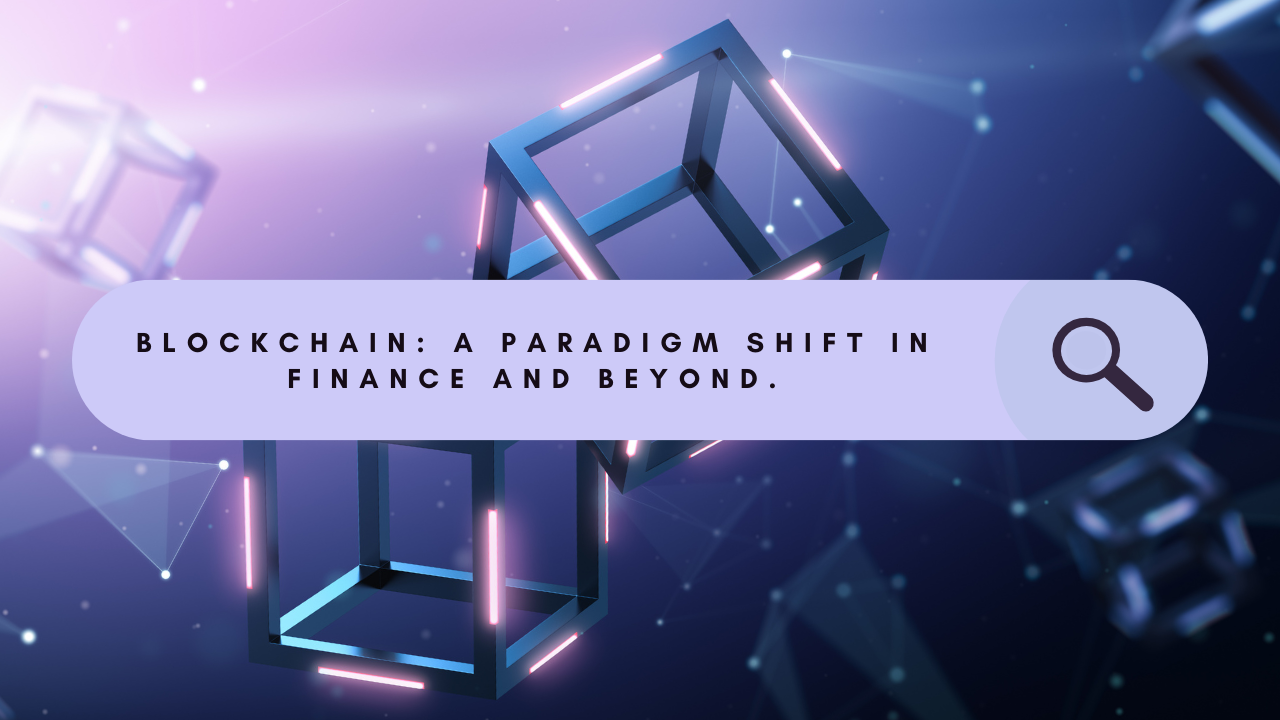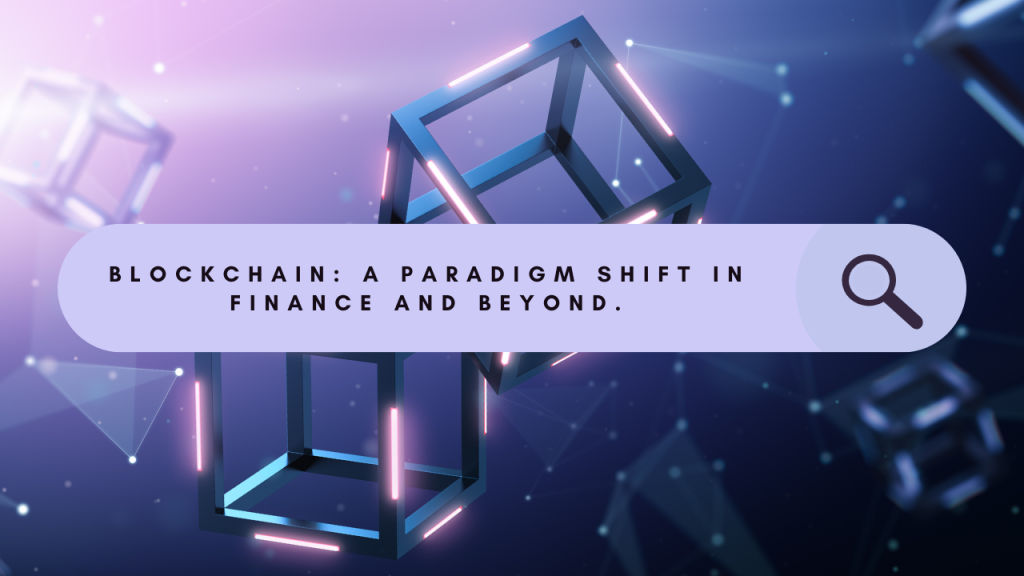In an period characterized by computerized change and interconnecting, cybersecurity has gotten to be a best need for organizations of all sizes and businesses. With cyber dangers advancing in complexity and recurrence, it’s basic for businesses to actualize strong cybersecurity procedures to ensure their delicate information, basic frameworks, and advanced foundation from pernicious performing artists.
One of the foundations of viable cybersecurity is proactive danger insights and observing. By leveraging progressed risk location innovations and risk insights nourishes, organizations can recognize and relieve potential security dangers some time recently they raise into full-blown assaults. Persistent checking of arrange activity, client movement, and framework logs permits security groups to distinguish bizarre behavior and react quickly to security occurrences.
Another pivotal angle of cybersecurity is client instruction and mindfulness. Human mistake remains one of the driving causes of security breaches, whether through phishing assaults, social designing strategies, or accidental information spills. By giving comprehensive cybersecurity preparing to representatives and advancing a culture of security mindfulness, organizations can enable their workforce to recognize and report potential security dangers, minimizing the hazard of effective cyberattacks.
Furthermore, the selection of zero-trust security models is picking up footing as organizations look for to reinforce their resistances against insider dangers and sidelong development by assailants. By executing strict get to controls, multi-factor confirmation, and micro-segmentation, organizations can constrain the impact span of potential security episodes and avoid unauthorized get to to touchy assets.
As cyber dangers proceed to advance in modernity and scale, it’s basic for organizations to receive a all encompassing approach to cybersecurity that includes individuals, forms, and innovation. By executing proactive risk insights, cultivating a culture of security mindfulness, and grasping zero-trust standards, businesses can brace their advanced fortifications and defend their most important resources from cyber dangers in 2024 and past.
